This week, we were thrilled to officially share news on the future for Quartet and innovaTel. The two entities have […]
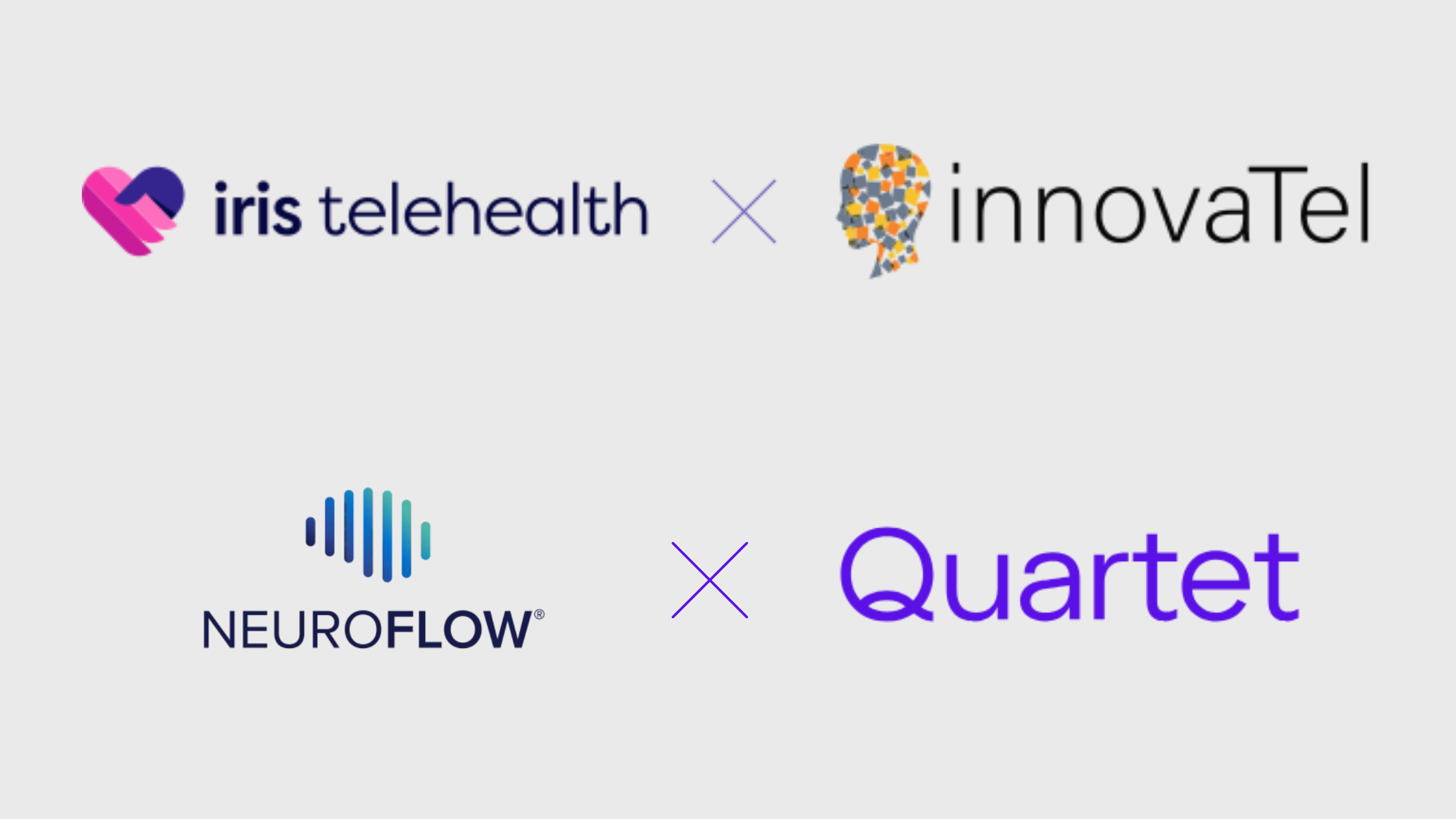
Iris Telehealth acquires innovaTel Learn more

A difficult year — emotionally, financially and physically — has translated into a need for behavioral health and addiction treatment […]
Read More

This week, we were thrilled to officially share news on the future for Quartet and innovaTel. The two entities have […]
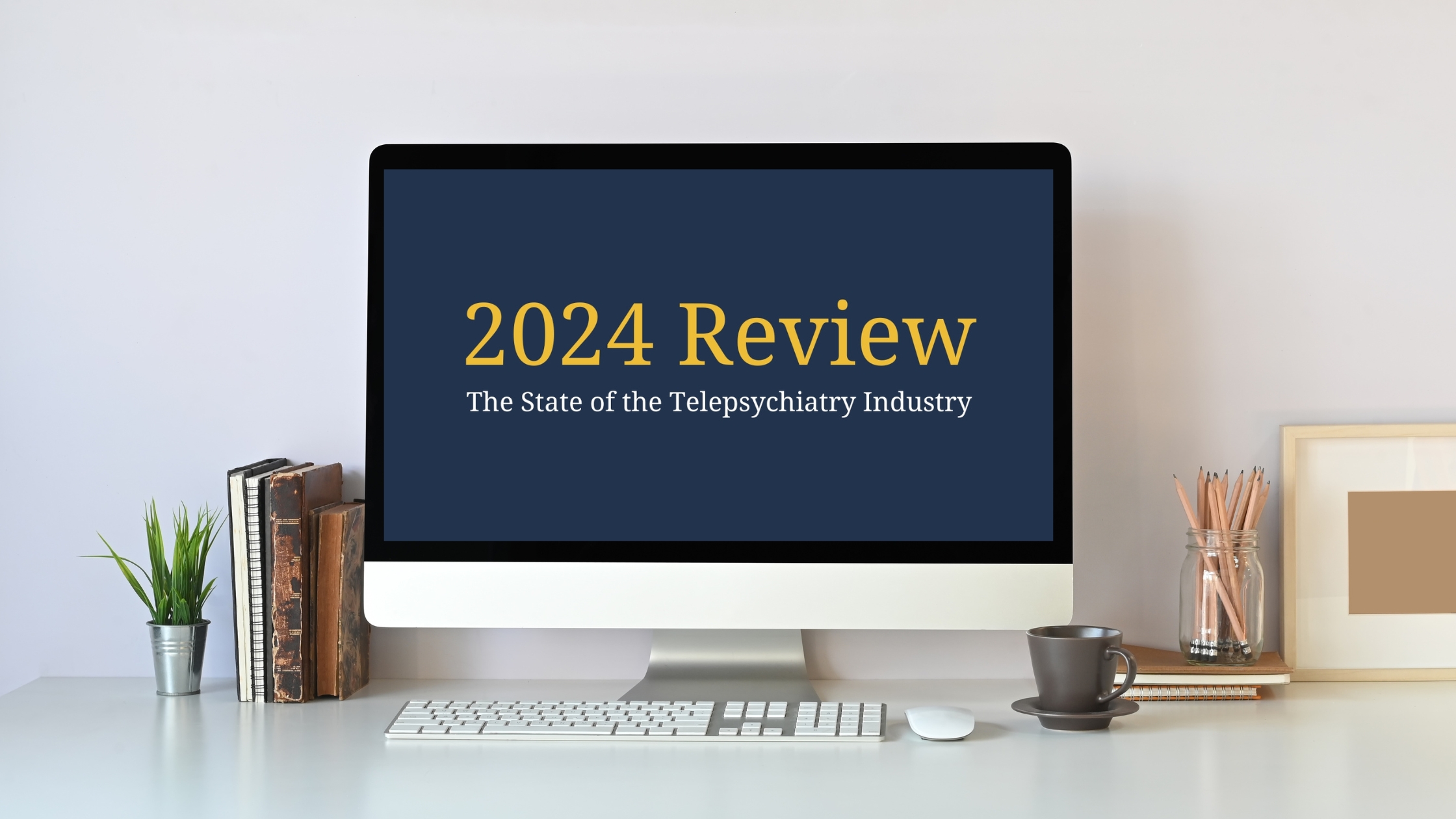
Whole calendar years tend to fly by, and 2024 has not been any different. Before the year changes over to […]

The holiday season can be filled with joy. It can also be exceptionally stressful. Compressed schedules, a more active family […]

At innovaTel, we focus our efforts on improving access to care for patients in need. We do this because we […]
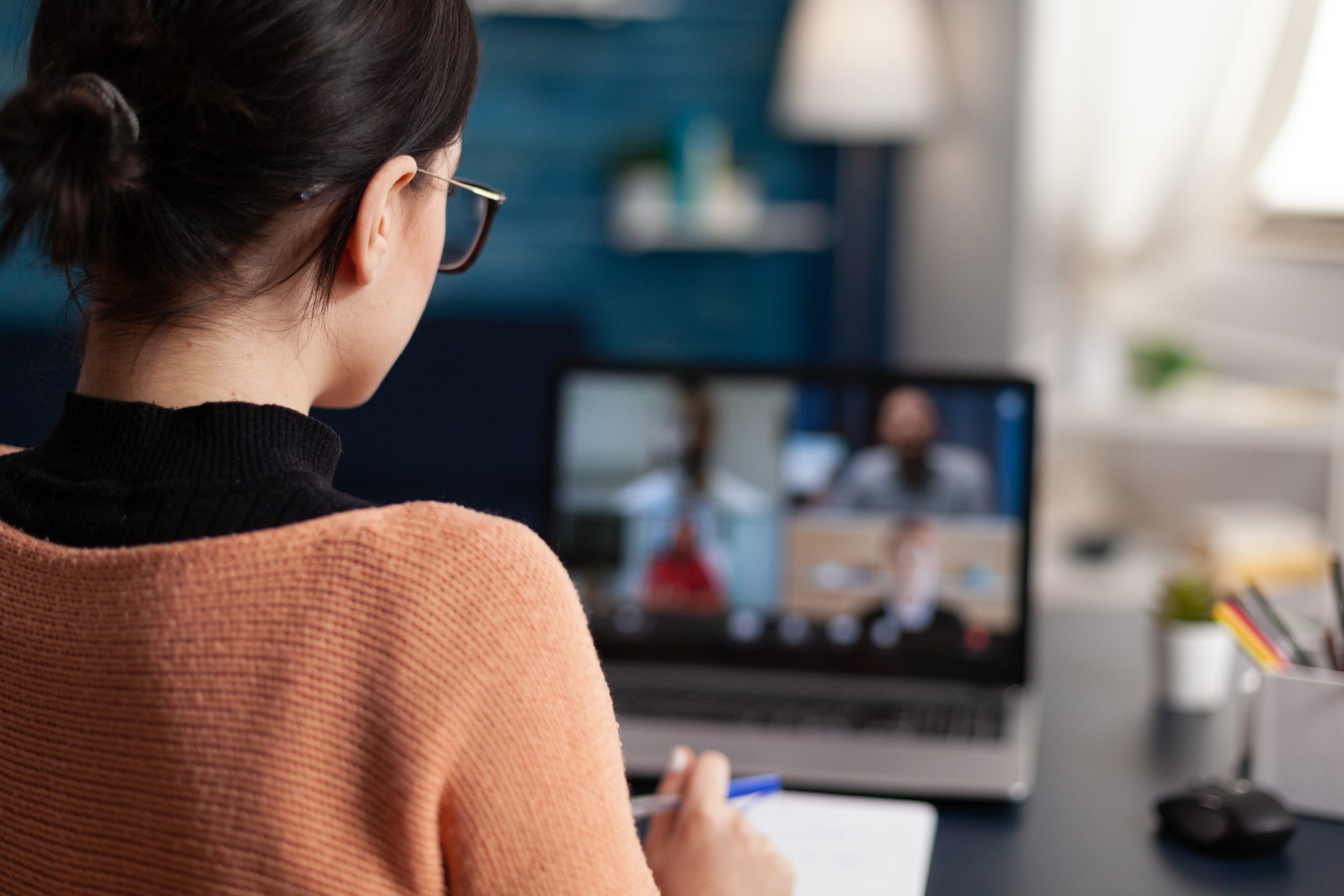
Our telebehavioral health partnerships can be configured in a variety of ways, depending on the needs of the organization and […]
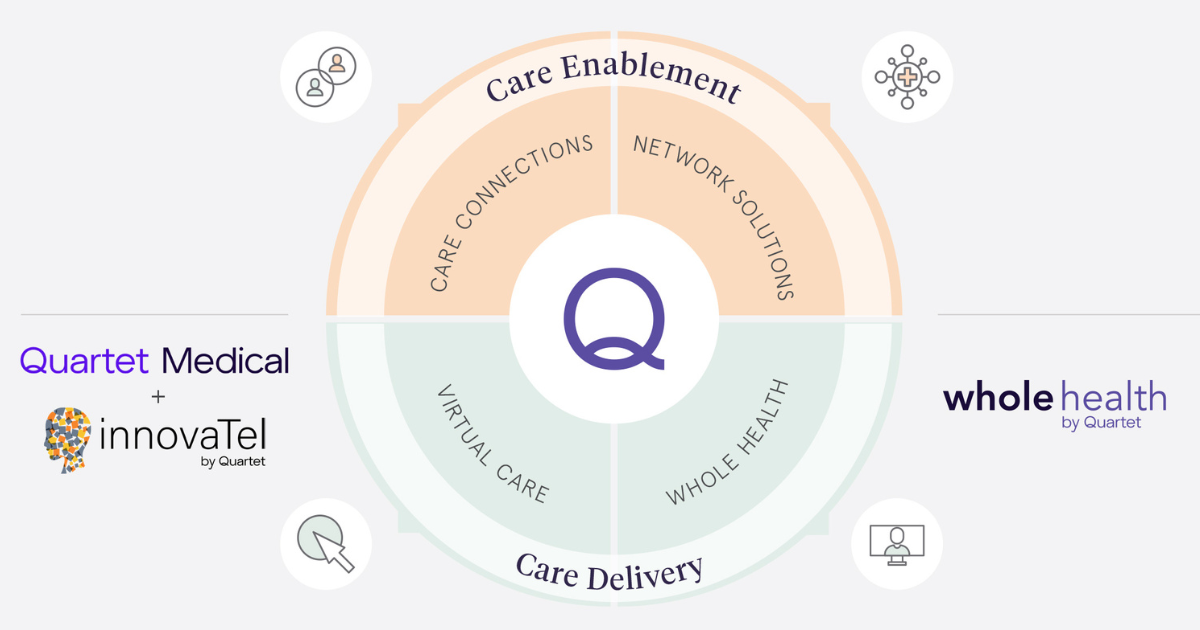
In today’s rapidly evolving healthcare landscape, organizations are increasingly focused on delivering comprehensive behavioral health services. Quartet Health (including innovaTel’s […]

As the year continues to unfold, we’re excited to hit the road once more and head to the 2024 NACHC […]

Achieving work-life balance is not as easy as it sounds. In some professions, it’s almost impossible. Yet, most individuals understand […]

In recent years, the vulnerability of the LGBTQIA+ population when it comes to experiencing mental health or behavioral health challenges […]
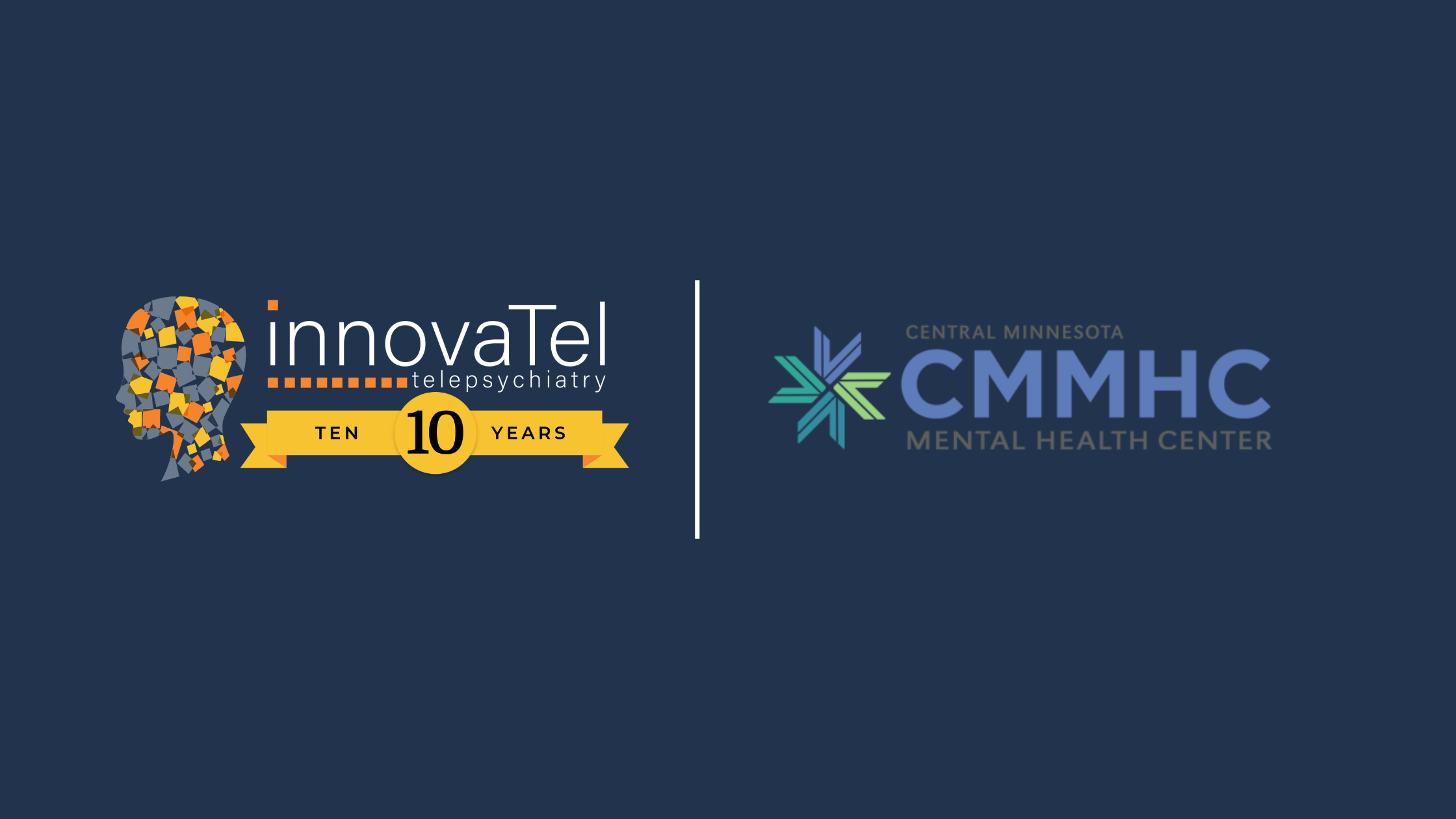
Meeting the demand for care can present specific challenges for organizations. At Central Minnesota Mental Health Center, they needed stability […]
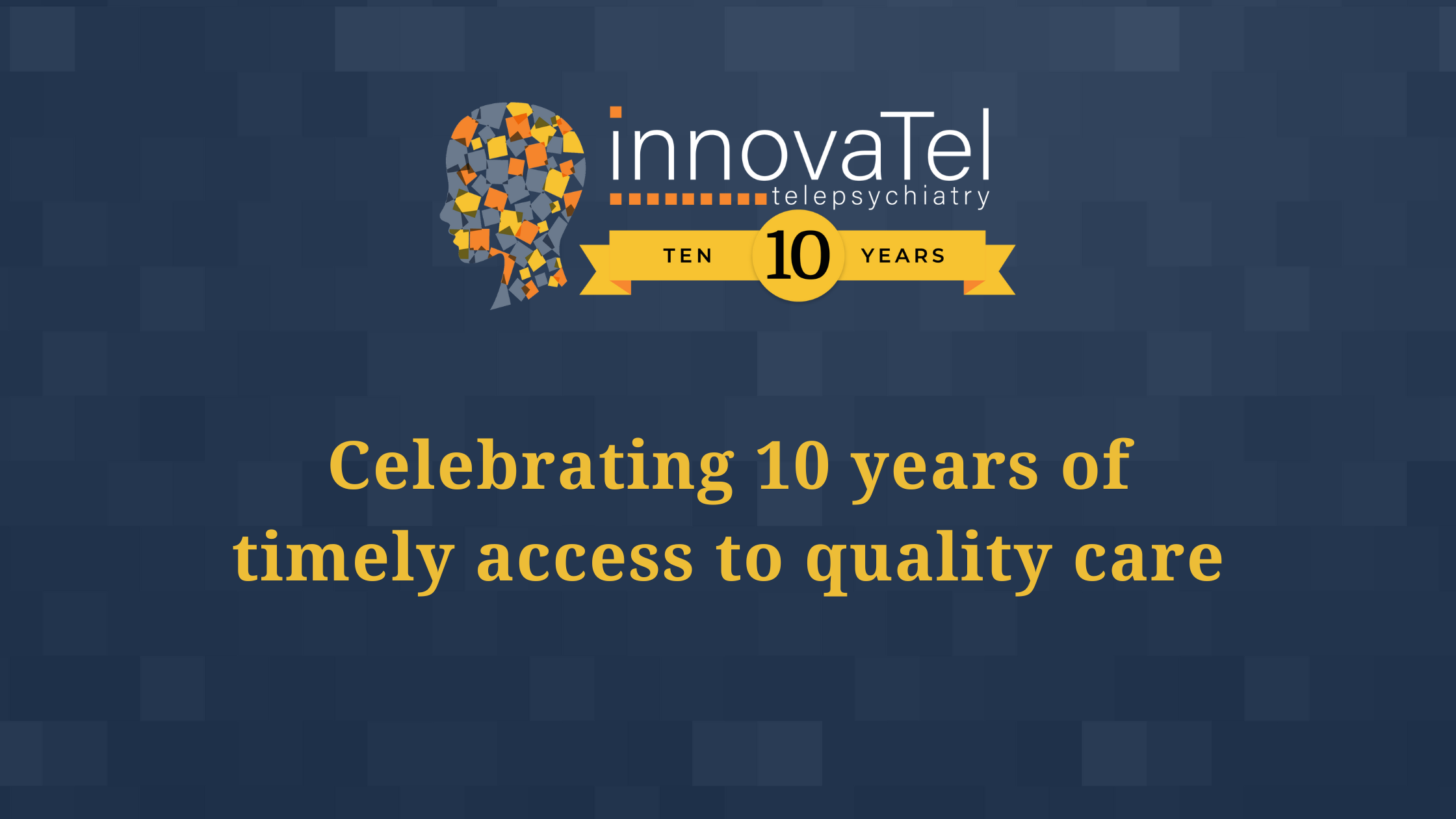
innovaTel Telepsychiatry celebrates 10 years of timely access to quality mental health care.

Reducing the stigma associated with mental illness has been noted as a public health priority. In fact, a report shared […]
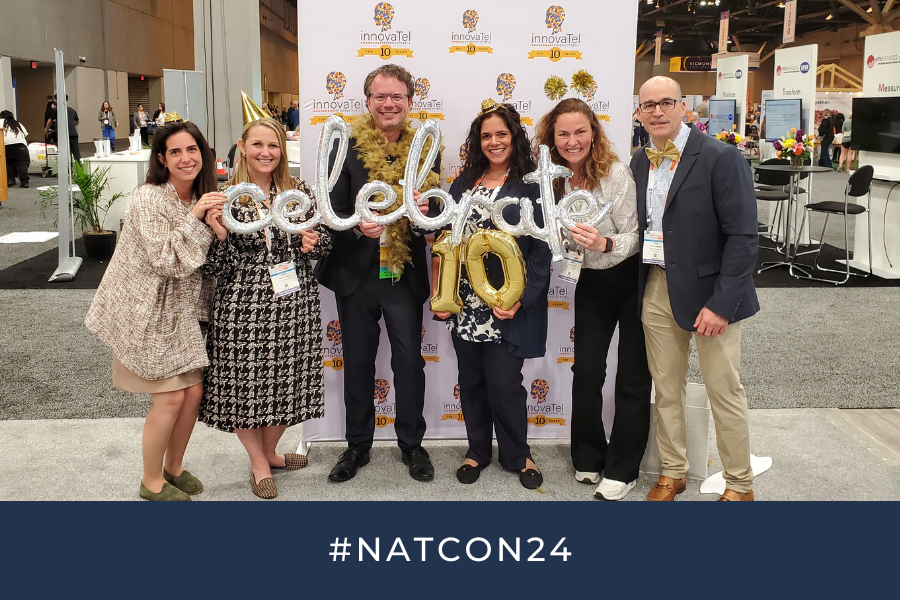
It’s hard to imagine packing a year’s worth of learning and networking into a three-day span, but NatCon — a […]
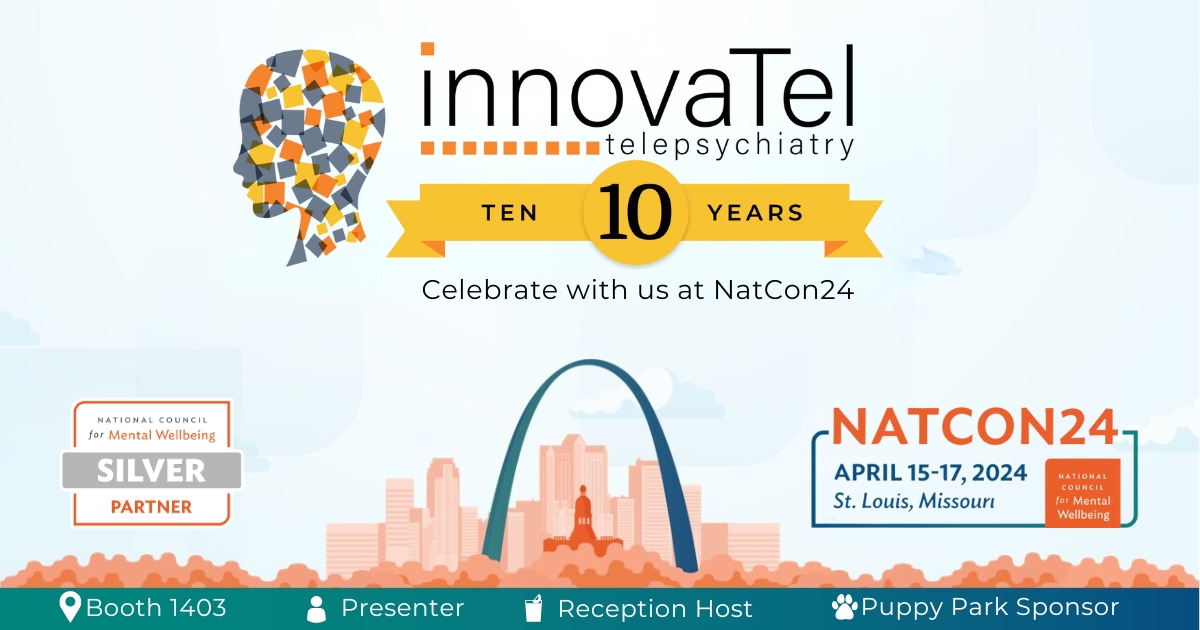
If there ever were a Super Bowl for mental health professionals, it would be NatCon. And this year, we’re headed […]

Licensed clinical social workers are critically important members of the mental health workforce. Statistics indicate social work is one of […]

This year, the U.S. Department of Health and Human Services (HHS) has announced the theme for National Eating Disorders Awareness […]

Across the country, organizations that offer mental and behavioral healthcare to communities in need have long found that providers can […]

Trauma is a broad term. It encompasses a variety of experiences and it has varying degrees of impact on individuals. […]
Internet Explorer is no longer supported.
Please use a different browser like Edge, Chrome or Firefox to enjoy a full web experience.
It's easy to make the switch.
Enjoy better browsing and increased security.